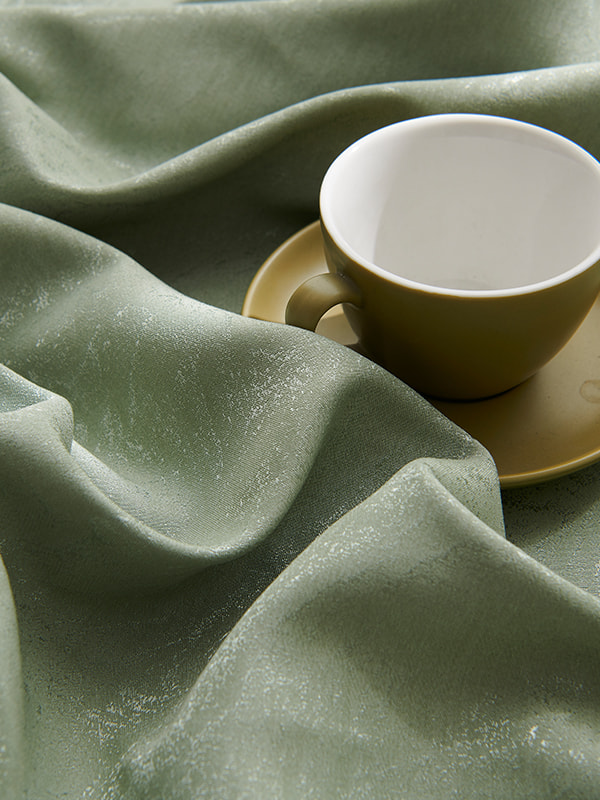The weave of Nordic style curtain fabric significantly influences its overall look and feel, contributing to the aesthetic, texture, and functional characteristics of the fabric. Different weaving techniques can impart distinct visual and tactile qualities to the fabric. Here's how the weave affects Nordic style curtain fabric:
Texture and Surface Appearance:
The weave pattern determines the texture and surface appearance of the fabric. Nordic style curtain fabrics often feature simple and clean weave patterns that contribute to a minimalist and contemporary aesthetic.
Visual Complexity:
Nordic style is known for its simplicity and understated elegance. The weave of the fabric typically reflects this by avoiding overly intricate or busy patterns. Instead, it may showcase straightforward weaves or subtle textures that enhance the visual appeal without being overly ornate.
Pattern Consistency:
The weave influences the consistency of any patterns or motifs in the fabric. Nordic designs often favor uniformity and repetition, and the weave pattern can enhance or complement this visual consistency.
Light Interaction:
The weave's openness or density affects how light interacts with the fabric. Nordic style curtain fabrics often aim for a balance—allowing natural light to filter through while providing privacy. The weave may create a subtle play of light and shadows, adding depth to the fabric's appearance.
Drapability:
The weave impacts the drapability of the curtain fabric. Nordic style curtains may feature lightweight weaves that create a soft and flowing appearance, contributing to an airy and relaxed feel in the space.
Subtlety and Simplicity:
Nordic design principles emphasize simplicity and a sense of calm. The weave of the fabric aligns with this philosophy, avoiding overly ornamental patterns and opting for clean lines and straightforward weaves that enhance the fabric's simplicity.
Material Highlight:
The weave can highlight the material composition of the fabric, showcasing the natural characteristics of the fibers used. For example, linen or cotton fibers may be accentuated by a simple weave pattern, contributing to a natural and organic feel.
Coziness and Warmth:
Nordic interiors often incorporate elements that create a cozy and warm atmosphere. The weave pattern can contribute to this by introducing a tactile quality to the fabric, inviting a sense of comfort and warmth.
Versatility in Design:
Different weave patterns allow for versatility in design. Nordic style curtain fabrics may include herringbone, basketweave, or plain weaves, each offering a unique visual effect. The choice of weave can align with the overall design theme of the space.
Timelessness:
The weave can contribute to the timelessness of the fabric. Nordic design aims for enduring appeal, and a well-chosen weave pattern can create a classic and enduring look that withstands changing trends.
Compatibility with Minimalist Decor:
Nordic style often embraces a minimalist approach. The weave complements this by adding visual interest without overwhelming the space, ensuring compatibility with other minimalist elements in the decor.
Maintenance and Durability:
The weave affects the maintenance and durability of the fabric. Simple weaves may be easier to clean and maintain, aligning with practical considerations in Nordic design.


 English
English русский
русский عربى
عربى Español
Español


.jpg)



















